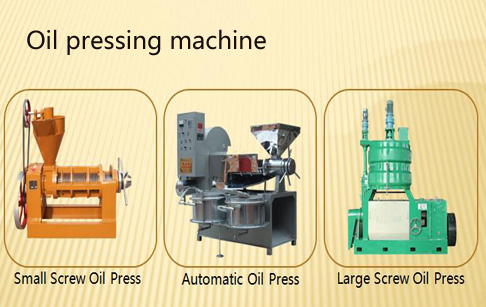
For small to medium-scale oil mills in emerging markets—especially those processing rapeseed, peanuts, or sunflower seeds—the difference between profit and loss often comes down to one factor: oil extraction efficiency. In real-world operations across Southeast Asia, Eastern Europe, and Africa, we’ve seen the ZY24 (202-3) screw press consistently deliver up to 92–95% oil recovery when properly tuned—significantly higher than standard setups that hover around 80–85%. This isn’t just theory—it’s field-tested optimization.
Successful oil extraction hinges on three core variables: raw material prep, temperature control, and mechanical pressure. Here's how to fine-tune them for each oilseed:
| Oilseed Type | Optimal Moisture (%) | Recommended Crush Size | Avg. Oil Yield Increase |
|---|---|---|---|
| Rapeseed | 7–9% | 2–3 mm | +6–8% |
| Peanuts | 5–7% | 1.5–2.5 mm | +5–7% |
| Sunflower Seeds | 6–8% | 2–3 mm | +7–9% |
Many operators overlook moisture content—it’s not just about drying. Too dry (<5%) leads to poor fiber binding and reduced press efficiency; too wet (>10%) causes clogging and inconsistent output. The ZY24 (202-3) handles this range well thanks to its adjustable feed rate and optimized screw pitch design.

Even experienced teams fall into traps like running the machine at full speed without adjusting the tail-end pressure plate or ignoring the need for regular maintenance of the pressing chamber. One mill in Vietnam saw a sudden drop in yield after six months—they hadn’t cleaned the screen plates, leading to partial blockage and uneven heat distribution. After a 30-minute clean-and-check routine, they regained 5% more oil per batch.
Another frequent error? Not calibrating the screw shaft speed based on seed type. For high-fiber seeds like rapeseed, lowering RPM by 10–15% can improve both throughput and consistency. The ZY24 (202-3) allows precise tuning via its hydraulic pressure system—no guesswork needed.

In short, it’s not just about buying a good press—it’s about understanding how to use it right. Whether you’re managing a family-run mill or scaling up a regional brand, mastering these techniques means better margins, cleaner oil, and fewer complaints from buyers who demand consistent quality.
Ready to see what your oil mill could achieve? Get detailed technical specs, case studies, and free consultation from our engineers—just click below to connect with us directly.
Download the Full Optimization Guide for Your Oil Mill TodayNote: All data based on field trials conducted between 2021–2024 with 30+ oil mills globally. Actual results may vary depending on local conditions and operator skill level.

